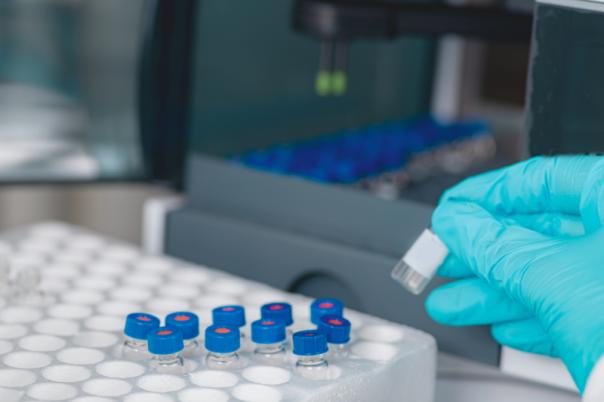An early phase approach relies on in silico analysis, biophysical evaluations, and degradation studies, with the hope of maintaining protein integrity through manufacturing, storage, handling, and delivery.
According to Jens Twellmeyer, Associate Director Science & Technology at Novartis, the biopharma industry is moving from lyophilised formulations to liquid formulations. The main pulls of liquid formulation are the potential of home administration and patient-centric essence.
To overcome formulation challenges, Novartis is proposing a hybrid formulation approach which combines experimental data with computational modelling. Twellmeyer suggested that the novelty behind this is that this method moves away from a purely heuristic process toward an iterative, data-driven method that reduces development risks. He also stressed the importance of a feedback loop to improve decision-making.
Twellmeyer introduced a case study that showcased the application of this concept. Initially, the project relied on a lyophilised formulation because of concerns about the liquid form’s stability. However, a change in project needs required the development of a liquid formulation.
So, the team applied advanced kinetic modelling to historical data and found that the team could predict shelf life, identify stabilising formulation components, and successfully optimise a liquid formulation that was once believed to be unfeasible. Ultimately, the study led to the identification of two strong liquid formulation candidates (F8 and F9), with F8 unexpectedly showing outstanding stability.
All in all, the hybrid approach facilitated earlier risk mitigation and reduced the need for long-term stability data, accelerating development toward clinical manufacturing. Twellmeyer credited the success of the project to cross-functional collaboration.




